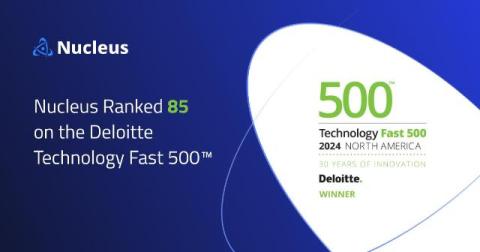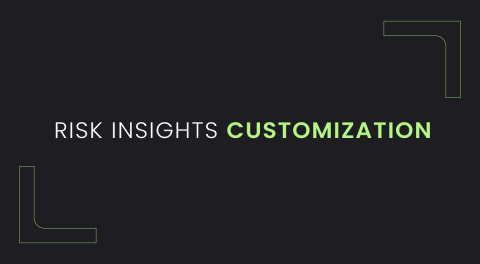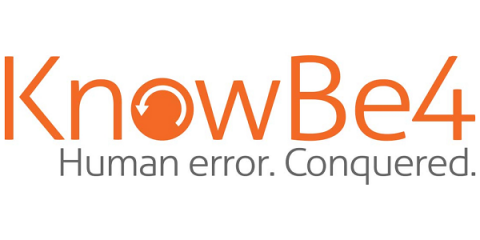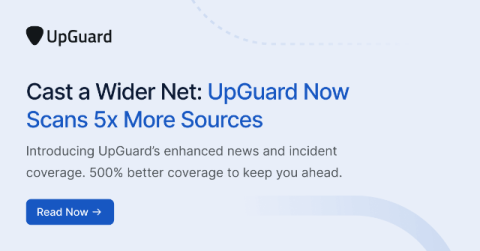Human Factors in Cybersecurity in 2024
Humans are often regarded as the weakest link in a cybersecurity program. Whether resulting from manipulative cybersecurity tactics or limited cybersecurity awareness, human errors remain the most prevalent attack vectors in every information security program, no matter how sophisticated your cybersecurity stack may be.









































